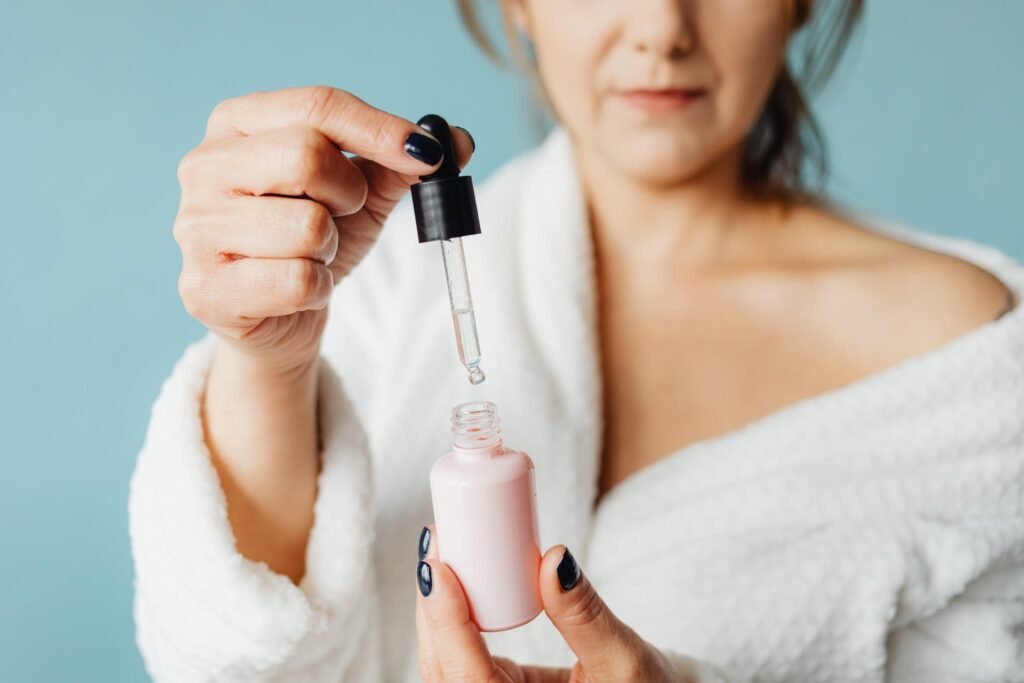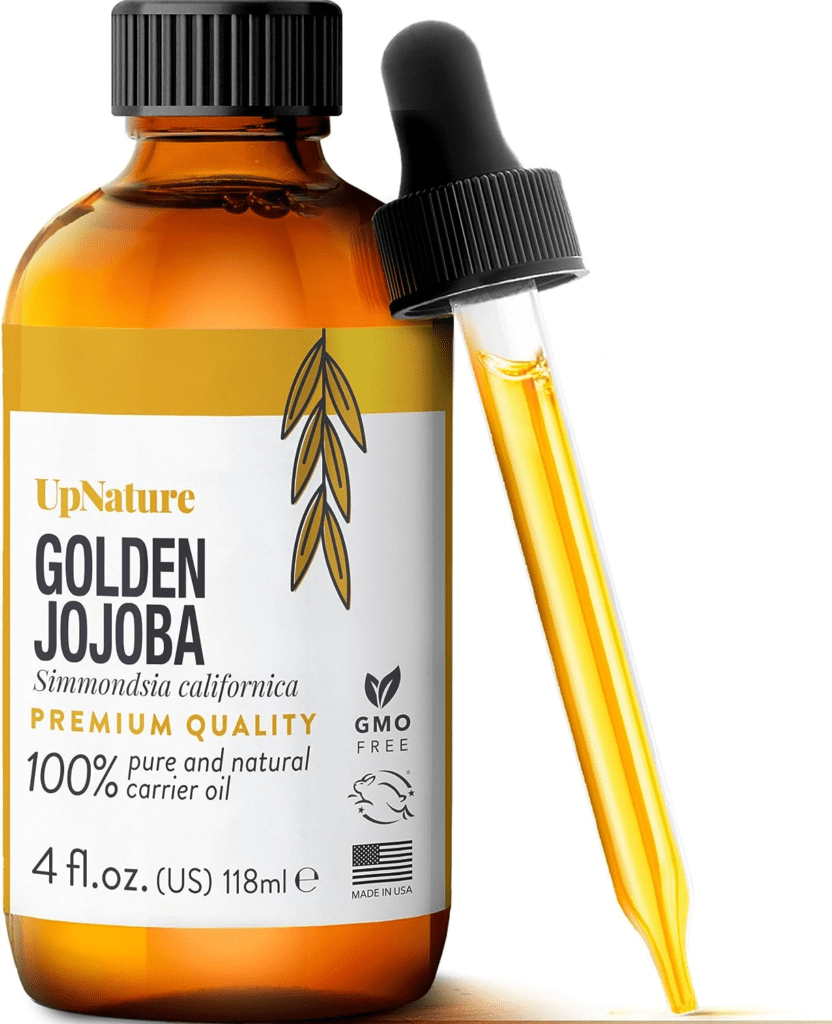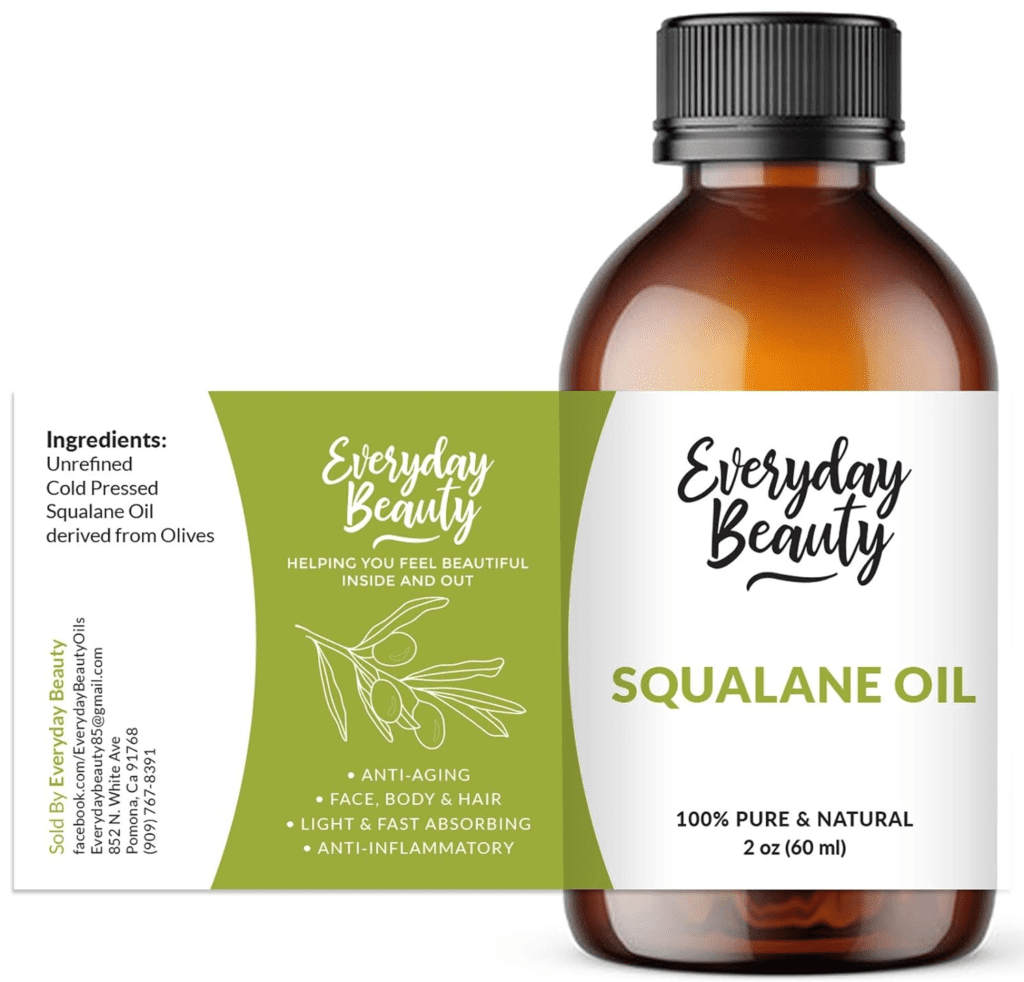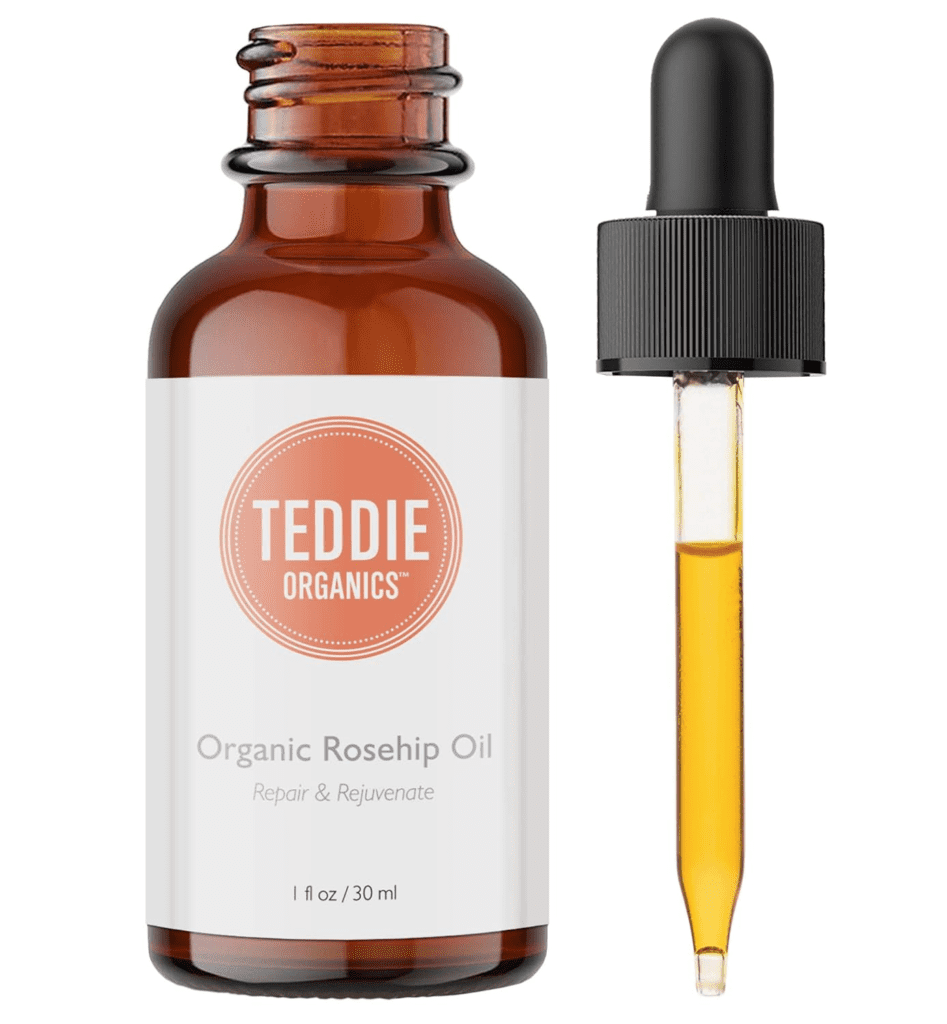Choosing the right oil to use with tretinoin is crucial to maximizing its benefits and minimizing potential adverse effects. Here we explore the qualities of the best oils and present the top contenders: jojoba, squalane, rosehip seed, and argan oil.
This article explores how these oils promote skin hydration, decrease irritation, and enhance tretinoin’s effectiveness. Discover how tretinoin can help you maintain a radiant complexion.

Properties of Good Oil for Tretinoin
A. Non-comedogenic
Tretinoin is known for its potential to cause skin dryness and peeling, making it crucial to choose an oil that is non-comedogenic. Non-comedogenic oils are those that do not clog pores, helping to prevent the formation of blackheads and whiteheads. By selecting an oil with this property, someone using tretinoin can maintain clear and healthy skin without worsening the risk of breakouts.
B. Moisturizing
The moisturizing properties of an oil play a vital role in balancing the dryness and irritation often associated with tretinoin use. Tretinoin can strip the skin of natural oils, leading to flakiness and discomfort. An ideal oil should act as a hydrating agent, restoring and preserving the skin’s moisture barrier. This not only minimizes dryness but also contributes to a more comfortable skincare experience.
C. Antioxidant-rich
Tretinoin can cause oxidative stress on the skin due to increased cellular turnover. To offset this, an ideal oil should be rich in antioxidants. Antioxidants help neutralize free radicals, protecting the skin from environmental damage and promoting overall skin health. By incorporating an antioxidant-rich oil into the skincare routine with tretinoin, users can enhance the skin’s defense mechanisms and reduce potential irritation.
Best Oils for Use with Tretinoin
In the world of skincare alchemy, choosing the right oil for tretinoin is crucial. It is possible to enhance the efficacy and tolerability of this potent retinoid by selecting oils with specific properties. Here, we explore oils that work harmoniously with tretinoin, ensuring a delicate balance between nourishment and non-interference.
A. Jojoba Oil
Non-comedogenic Properties:
Jojoba oil, extracted from the seeds of the Simmondsia chinensis plant, bears a striking similarity to the skin’s natural sebum. Its non-comedogenic nature ensures it doesn’t impose unwanted problems on pores, making it a great choice for those navigating the world of tretinoin.
Moisturizing Effects:
Beyond its non-comedogenic prowess, jojoba oil excels in maintaining skin hydration. Its ability to mimic the skin’s natural oils aids in preventing the desiccation often associated with tretinoin use, fostering a delicate balance between therapeutic intervention and skin comfort.
Try Up Nature Golden Jojoba Oil:

B. Squalane Oil
Lightweight and Non-greasy:
Derived from squalene, a compound naturally present in the skin, squalane oil stands out for its lightweight texture. It effortlessly permeates the skin without leaving a greasy residue, ensuring an unobtrusive companionship with tretinoin.
Hydration Without Clogging Pores:
Squalane’s innate affinity with the skin’s lipids makes it a superb emollient. It provides hydration without inducing pore congestion, offering a graceful solution to the potential dryness instigated by tretinoin.
Try Everyday Beauty 100% Squalane Oil:

C. Rosehip Seed Oil
Rich in Antioxidants:
Rosehip seed oil, extracted from the seeds of the wild rose bush, boasts a profusion of antioxidants. This botanical arsenal includes vitamins A and C, providing a shield against oxidative stress induced by tretinoin, and contributing to the overall resilience of the skin.
Regenerative Effects:
Known for its regenerative properties, rosehip seed oil assists in skin repair. Its ability to soothe and rejuvenate aligns seamlessly with the reparative journey often embarked upon with tretinoin.
Try Teddie Organics Rosehip Seed Oil:

D. Argan Oil
Non-comedogenic and Moisturizing:
Argan oil, derived from the kernels of the argan tree, strikes a delicate balance between being non-comedogenic and deeply moisturizing. Its high vitamin E content offers both nourishment and a safeguard against the potential dryness accompanying tretinoin use.
Softens and Hydrates:
The emollient nature of argan oil softens the skin, imparting a supple texture. It acts as a supportive ally, augmenting the skin’s resilience during the transformative process facilitated by tretinoin.

How to Incorporate Oils with Tretinoin
Application Routine
1. Cleansing
Begin your evening skincare routine with a gentle cleanser to remove impurities and makeup. Opt for a non-drying formula that preps the skin for subsequent steps.
2. Application of Tretinoin
After cleansing, apply tretinoin as directed by your dermatologist. Begin with a pea-sized amount, ensuring an even distribution across the face. Allow it to absorb fully before proceeding to the next step.
3. Applying the Chosen Oil
Once the tretinoin has settled, introduce the selected oil into your routine. Dispense a small amount onto your fingertips and gently pat or massage it onto the skin. Focus on areas prone to dryness or irritation.
Importance of Patch Testing with Tretinoin
Before incorporating any new oil into your routine, conduct a patch test. Apply a small amount of the oil to a discreet area of your skin to assess for any adverse reactions. This precaution is especially pertinent when using tretinoin, which can heighten skin sensitivity.
Observe the skin’s response during the patch test. Look for signs of redness, itching, or irritation. If the skin tolerates the oil well, proceed with integrating it into your tretinoin evening routine. If adverse reactions occur, reconsider the choice of oil or consult with a dermatologist for alternative recommendations.
Tips for Best Results
Start Slowly
When integrating oils into your tretinoin routine, adopt a gradual approach. Begin with a minimal amount and monitor how your skin responds. This helps mitigate the risk of overloading the skin and allows for a more controlled adjustment to the new elements in your skincare regimen.
Prioritize Sunscreen
Tretinoin heightens skin sensitivity to UV rays. Emphasize using broad-spectrum sunscreen during the day to protect your skin from potential sun damage. This precautionary step is crucial in maintaining the efficacy of tretinoin and safeguarding your skin’s overall health.
Seek Professional Advice
Considering the individual nature of skincare, consulting with a dermatologist is advisable. A professional can provide personalized guidance based on your skin type and concerns, ensuring that the chosen oil aligns with your tretinoin regimen without compromising its therapeutic effects.
Monitoring Skin’s Response
Regularly assess how your skin reacts to the combined use of tretinoin and the chosen oil. Be observant of any changes, positive or negative, and adjust your routine accordingly. Adapting your skincare approach based on your skin’s responses contributes to a more effective and tailored regimen.
Posts You May Like:
5 Best Serums To Use With Tretinoin
Best Cleanser To Use With Tretinoin & Retinol
The Best Sunscreen To Use With Tretinoin And Retinol
Best Drugstore Moisturizer To Use With Tretinoin
Conclusion
Oils and tretinoin work best together when they’re incorporated strategically. A balanced skincare routine involves choosing non-comedogenic, moisturizing, and antioxidant-rich oils.
It’s important to gradually introduce oils so that your skin gets used to them. It’s still important to protect yourself from the sun since tretinoin can make you more sensitive. Getting professional advice beforehand will ensure the oil you choose fits your skin’s unique needs and complements tretinoin’s therapeutic properties.





